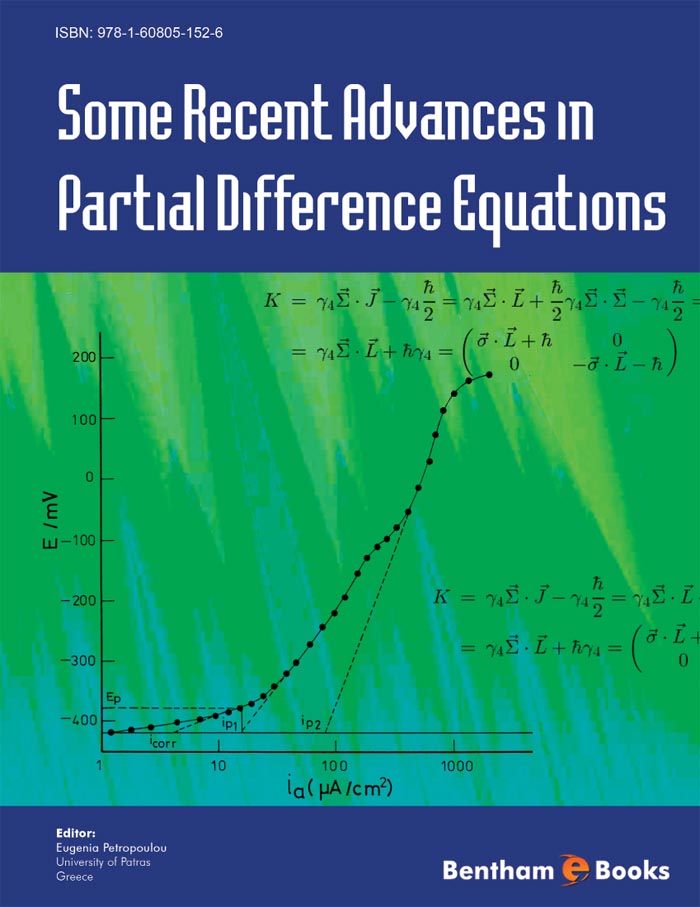Preface
Partial difference equations arise naturally in many areas of science and are used for the description of many realistic problems, such as probability problems, problems in queuing theory, physical problems, biological problems, etc. It could be stated that partial differnce eqautions are on one side of a coin, where on the other side stand partial differential equations. However, the main application of partial difference equations is probably in numerical analysis, where they arise naturally when discretizing a partial diffrential equation.
Lately, there is an increasing intrest in partial difference equations demonstrated by the enormous amount of research papers devoted to them . The initial reason for this increasing interest was probably the development of computers and the area of numerical analysis. However, there are vey few books devoted exclusively to partial difference equations in contrast to their continuos analog of partial differential equations on which hundreds of books have been written. This e-book is an attempt to present a few recent advances in partial difference equations including oscillation results, which are in the front line of research, functional analytic methods for studying partial difference equations in systems theory and numerical analysis. Basic techniques for solving or studying partial difference equations were not included, since these can be found in several chapters of books on difference equations. Of course, several other types of results could have been included, but this was not possible due to the lack of time. Probably in the future a more complete book on the subject, will be published!
The e-book constitutes of four chapters. Each chapter could be characterized as a review paper. Moreover, in all cahapters there are several examples in order to help the interseted reader get more acquainted with the presented methods and results.
I would like to express also from this position, my sincerest thanks to the colleagued who contributed in this e-book and made possible its publictaion. Also, I would like to thank the personnel of the Bentham Science Publishers and espesially Bushra Siddiqui for their continuous collaboration and support.
Eugenia N. Petropoulou
Assist. Professor
University of Patras Greece

